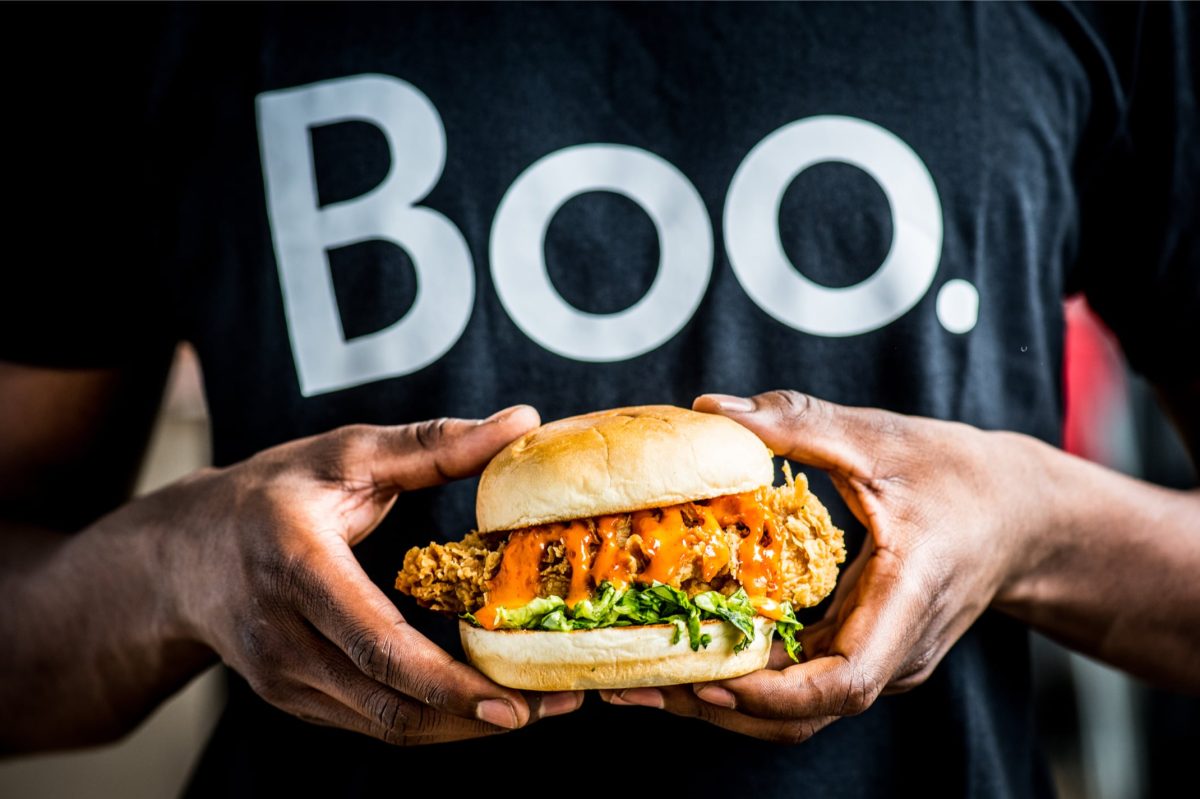Naming Strategy: X Marks the Spot

Naming Strategy: X Marks the Spot
Musky’s latest move has been realised.
Rebranding the social media platform from Twitter to X.
The move comes as part of a wider strategy to integrate the functionality of Twitter into one big and bold super app.
For the uninitiated the brand name ‘X’ might feel like a bit of a weird move – the name itself has no link to Twitter or indeed communication.
But with a bit of digging, it’s pretty obvious that Musk does rely on his own context for naming. If we go back in time, X.com was a company set up by the man himself in 1999. As a preeminent strike into the world of online banking, X.com eventually morphed into PayPal.
So it’s clear from Musk’s perspective – ‘X’ has always had meaning in his life.
But does that mean it has meaning to anyone else?
These questions can often be overlooked.
What does the name ‘X’ mean to the existing Twitter user base?
In a brand strategy session with Framework, we would have covered this off, something like this…
X
Is it appealing only to men?
Is it X-rated content?
In algebra, X is the unknown.
In finding something missing, X marks the spot.
Is it a kiss?
When it comes to naming and in particular naming strategy – it’s an intrinsic part of branding that requires deep questions and deep thinking. Get it wrong, and all your plans for launch can quite quickly go up in smoke.
Framework has a tried and tested approach to naming strategy. Our approach helps guide brands and brand owners through the complex maze of the naming process.
Practical considerations are covered like – is the name distinctive? Is it unique to the market? Is it short? Is it uncomplicated and memorable? Is it appropriate? Does it make sense for the industry category? Is it easy to spell and pronounce? Is it likeable? Do we think the primary audience will relate to it? Will it lend itself to a rich visual identity? Will it work (culturally translate) in the territories/ geographical regions being served? What about hashtag and the all-important URL search?
Phew!
That’s quite a lot to get through.
If you’re about to launch a new brand or product and need some additional thinking and guidance on naming strategy, do feel free to get in touch with me:
christian.b@weareframework.co.uk
Before I sign off I’ll leave you with a few morsels of info:
- 72% of consumers make purchases based on brand names.
- 9% of brands don’t include their company name in their logo.
- 74% of people between the ages of 21 and 35 would pay more for a product with a brand name they like and trust.
- 72% of the 100 best brands are named with made-up words or acronyms.


